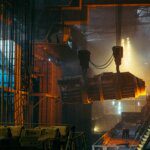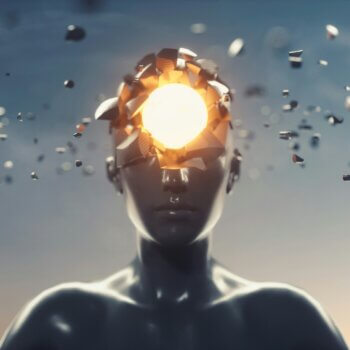The truth is that teleportation already exists. It was theorized in a 1935 paper written by Einstein and two of his colleagues, Podolsky and Rosen. It was later proven in experiments during the 1990’s. For decades we have known that it is possible, at the quantum level, to teleport particles from one location to another. There are no laws of physics which prevent human beings and objects from dematerializing in a surreal cloud of particles in one location and rematerializing somewhere very distant, somewhere like the slick moon-white ice fields of the Arctic or among the pollen-dusted flowers of the European countryside. Nature does not prevent us from traveling to a different point in space in a short amount of time. In fact, one of the deepest problems regarding teleportation comes not in the form of science but in the form of philosophy.
Would you die time and again to travel to a faraway part of the world? Would you be alright knowing that the original bodies of your loved ones would be destroyed only to be replaced by an indistinguishable copy at the other end? The idea of teleportation asks us first to answer the question of what makes us who we are. There are some of us which believe that our personalities and memories, that our entire identities, are tied up in the structure of our brain. As long as we have a perfect replica of the brain then we have that same person in our midst. But then there are some of us which believe that there is something intangible about humanity. We cannot replicate a person because we cannot replicate the soul. Inside of us is this ethereal, ghostly mist that we call the person’s spirit and it is not bound by our atoms or our physical body.
So which is the truth? Is a copy of you still you so long as it has the same chemistry? Or is a copy of you simply a being with your face but without your soul?
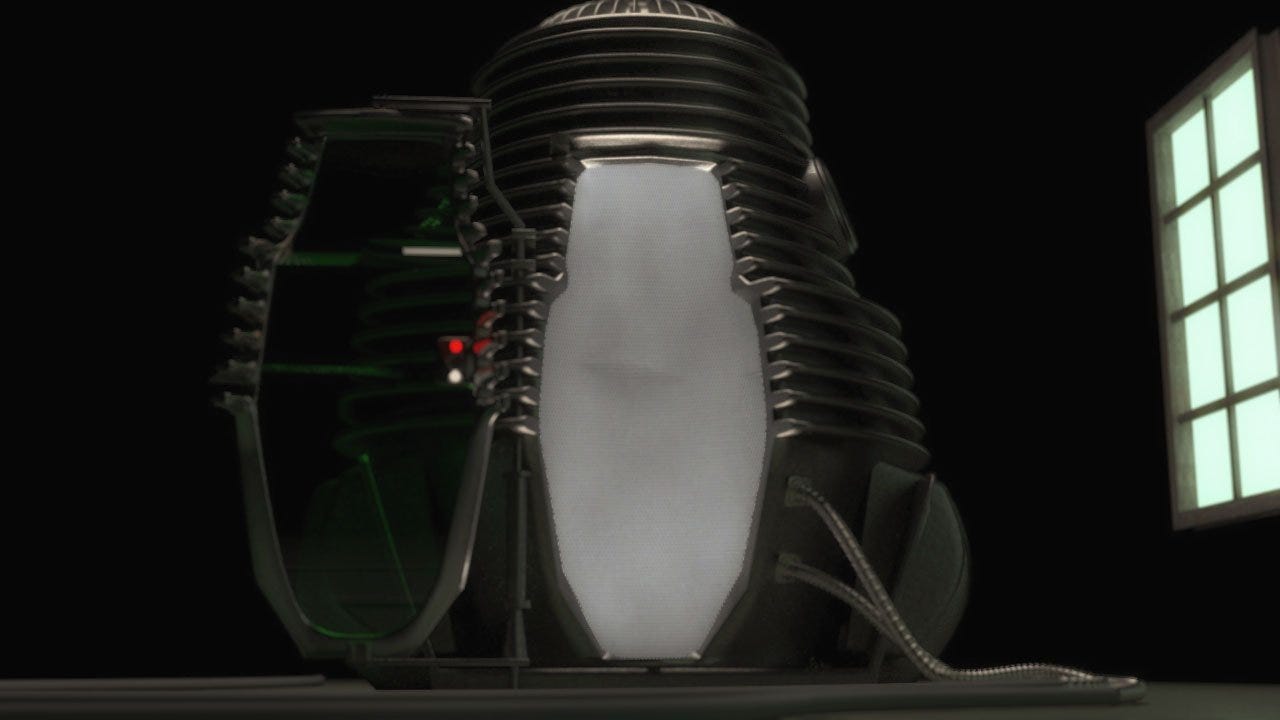
It seemed at first that teleportation would be prohibited by the laws of quantum mechanics. In order to perfectly replicate a person we’d need to know the exact location and energy of their atoms. The Heisenberg uncertainty principle tells us this is impossible. You cannot know both the position and the energy of a particle, thus making it impossible to have a perfect copy of the original person. But there is a way to bypass this law.
Quantum teleportation involves the entanglement of particles. When particles are entangled they have a special connection. No matter how far apart they are they continue to influence one another. Change one particle in the entangled pair and it will also change the second particle in the pair. In other words, there is a synchronization in their wave functions. This was exactly the topic of the 1935 paper by Einstein, Podolsky, and Rosen.
Experiments from 1993 proved this to be true. By having three separate particles and using the phenomena of entanglement, researchers were able to transfer the information of one particle to that of another, essentially making a perfect copy of the original particle. This method destroys the original particle (usually a photon). With this kind of teleportation it is information and not matter itself that is transported across distances. The data of a particle is pasted onto another particle that serves as the canvas. Teleport with this quantum technology and your original self will be erased. Only the data of who you are will travel through space and reassemble itself as you. Or at least, as someone with your face and your mannerisms.
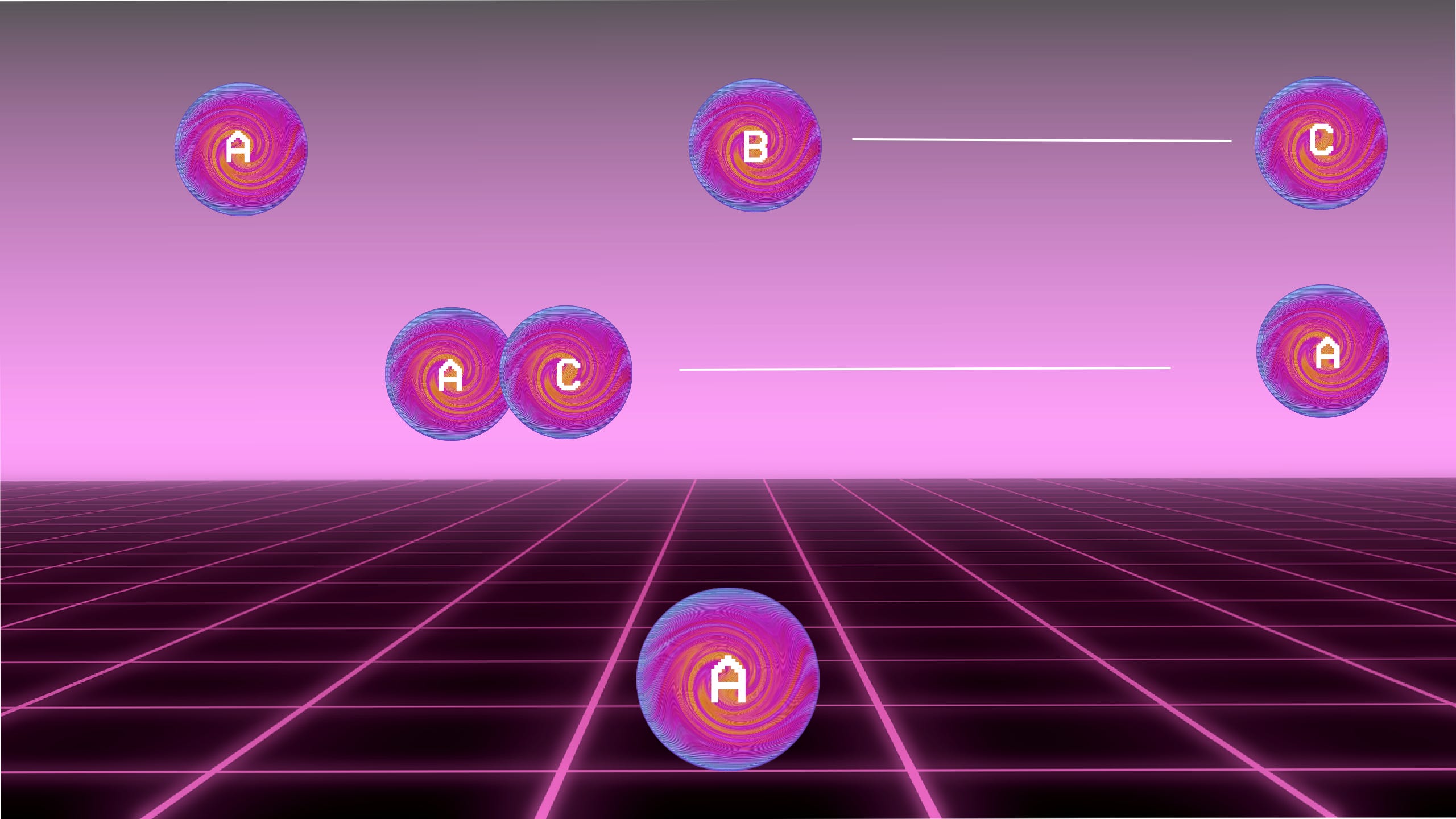
Teleportation is about murder. Before you step into the machine you must ask yourself if you have a soul. Is there something more to you than just this material pink brain and the body with its hair and its hot, streaming blood? If there is, then it may be that it cannot be transferred through teleportation. If you believe there is no such thing as a soul then you can step inside. Shut your eyes in the sunny gravel roads of California and open them in the colorful cities of India, that land with fragrant spices and rich religious stories. Or you might even open them to find yourself on a new planet altogether. On your eyelids will fall the light of a foreign star, in the air the smell of plants unique to another world.

But entanglement is incredibly difficult, especially when considering the enormous number of atoms that make up the human body. It is a precise method for teleportation but it is complex and demands an impressive amount of energy. So it was that a competing idea was developed. Instead of quantum entanglement, this idea came to be known as “classical teleportation” and it didn’t involve entangled particles at all.
Classical teleportation exploits the fifth state of matter — a Bose-Einstein condensate (BEC). The main feature of a BEC is that it is incredibly cold. Colder even than space. It is found in laboratories where atoms are cooled to just a few billionths of a degree above absolute zero.
The proposal is this: take rubidium atoms and put them in a BEC state. When a beam of matter (made from more rubidium atoms) comes into contact with the BEC it will want to lower its energy to match that of the BEC. Any excess energy is converted into a burst of light containing the information of the matter beam. This light then travels down a fiber optic cable, hits another BEC, and the original beam of matter is created once again.
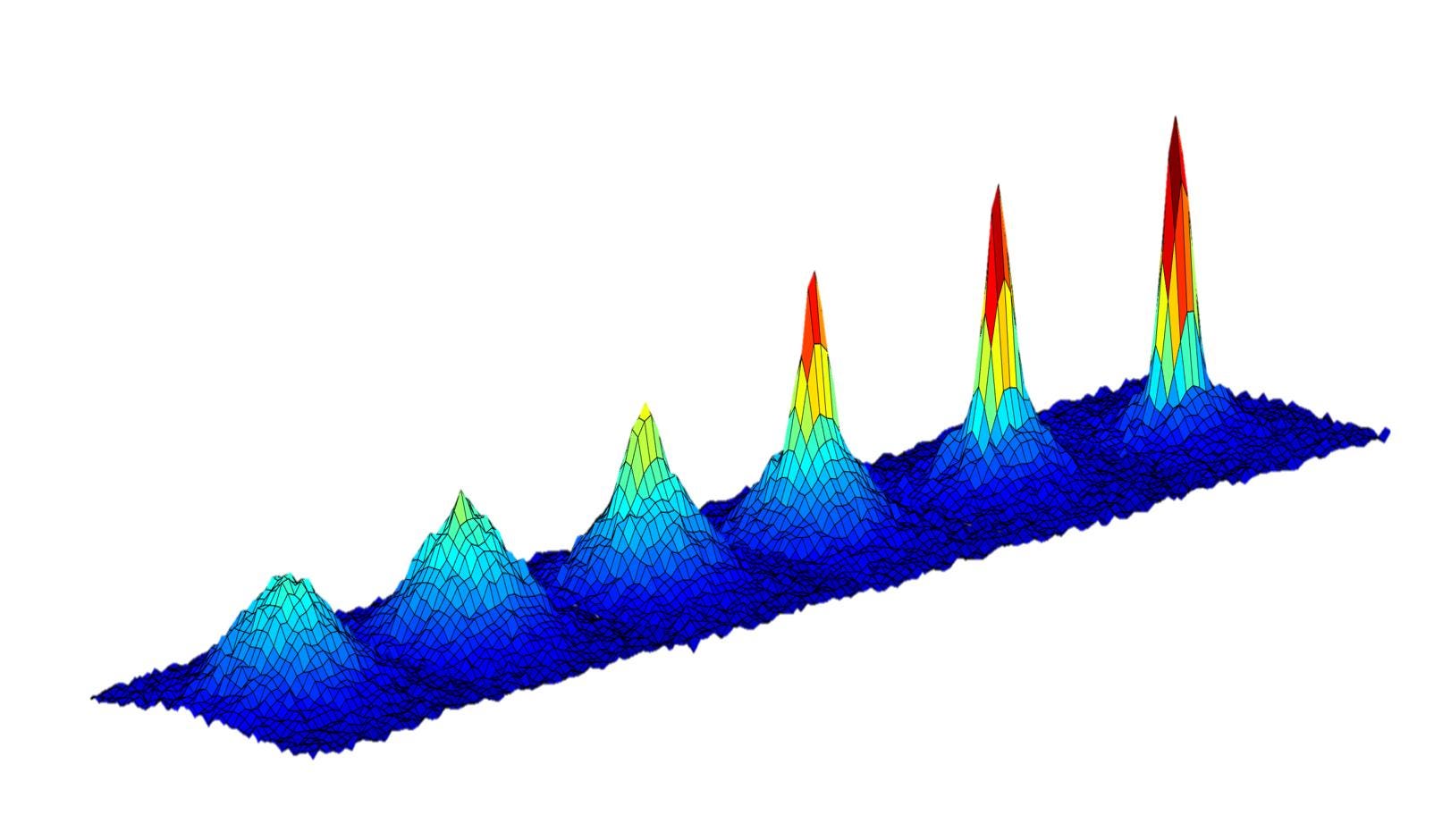
In a more advanced version of classical teleportation a machine would scan your body and record its information. While this may be a more promising technology for future teleportation than a quantum method, classical teleportation wouldn’t result in a perfect copy because the state of all trillions and trillions of atoms in your body wouldn’t be recorded accurately.
To date we have been able to teleport photons, atoms of calcium and beryllium. The next step is to transport a living organism such as a virus or a similarly complex molecule. But with increased size comes increased difficulty. Some scientists believe it will be impossible to ever teleport a macroscopic object as intricate as a human being. But any improvement in the field of teleportation is also improvement in the field of quantum computing since the two rely on similar principles stemming from the quantum realm. To us today, it seems unlikely that travel will ever be as easy as stepping into a machine and reappearing somewhere new. The closest we may come to instantaneously traveling to new locations may be in the form of virtual worlds with simulated landscapes.
And perhaps this is for the best. It seems a huge sacrifice to leave behind our natural bodies in order to reappear somewhere new. To say that it is possible to teleport is not only to celebrate mankind’s ingenuity, but it is also to say that mankind has no soul. It is better to travel in a more traditional way and lose some of our time on this Earth than it is to lose ourselves entirely. Yet for some, the wanderlust may be worth that risk.

